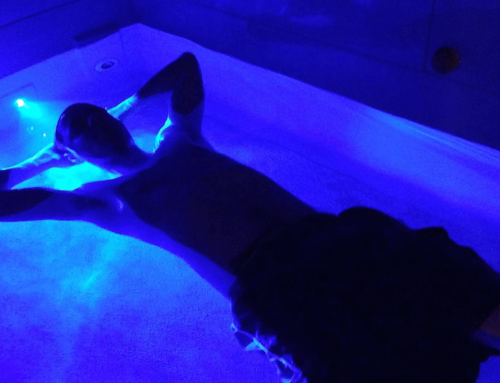Floating has become increasingly more popular among veterans and those suffering from PTSD. Whether it is releasing anxiety or being able to avoid traditional medication, people are more and more turning to floatation therapy.
PTSD, short for Post Traumatic Stress Disorder, is a disorder that develops in some people who have experienced a shocking, scary, or dangerous event. PTSD symptoms may manifest immediately after a traumatic event or may not occur until months or years later. Symptoms are generally very disruptive and can impair a person’s daily quality of life. Some of the most common symptoms are flashbacks, insomnia, and aggressive outbursts. It may resolve in time for some while others experience a progression to a chronic state.
Floating has a proven track record of reducing stress, especially for PTSD sufferers who experience ongoing anxiety and uneasiness, a floating session of as little as an hour can be a complete life changer for how they deal with their daily stress. When you float, there is a completely weightless feeling and calmness in the float tank. Those that suffer have noticed an incredible relief in there in their everyday lives without having to take medications.
Sensory Deprivation
Much of the healing credited to floatation therapy for PTSD comes from what is commonly referred to as “sensory deprivation”. The quiet, serene environment provides a safe place to reprocess the traumatizing memories, as well as mitigating anxiety and depression. Among other benefits, having a scheduled floating routine allows people the opportunity to develop a positive memory in the body to induce calmness and tranquility. These amazing benefits can carry into daily lives for years to come.
Treating PTSD most often includes various kinds of psychotherapy and medications. Unfortunately, prescription medications come with several risks, including side effects and the potential for abuse. The most common types of medication to treat PTSD are habit forming and can only be used for a short time to minimize the risk of addiction and abuse. Floatation therapy is a natural and safe alternative to medication that can help treat PTSD. Whether it is used on it’s own or with a combination of other therapies, it has no negative side-effects and is safe for anyone. The lack of sensory stimulation allows the brain to easily enter a meditative state, reduce anxiety, and lower blood pressure. In fact, research shows that floatation can reduce anxiety as effectively as prescription medication.
Insomnia
Insomnia can be a common symptom of PTSD sufferers. Floating offers everyone a chance to escape the pressures of everyday life for an hour that may be causing the stress and insomnia. Since floating reduces your blood pressure and heart rate during the session, you leave stress-free and ready to engage in more regulated sleeping habits. Floating is often used to treat insomnia because it is known to facilitate deeper sleep for several days following a session. Many who suffer from insomnia notice a difference in their quality of sleep after just a single session. This therapeutic experience can instantly break a cycle of poor quality sleep. Floatation therapy can also reset your sleep cycle if you have experienced a difference in your daily schedule or are just can’t get back on track after traveling. If it is the agony of physical aches and pains that keep you up at night, floatation therapy can assist by reducing tension in the muscles responsible for physical discomfort thus inducing a relaxing state to promote better sleep.
No matter how long you’ve been suffering from PTSD, floatation therapy is perhaps the best, holistic choice to give you the peace you’ve been searching for.





Leave A Comment